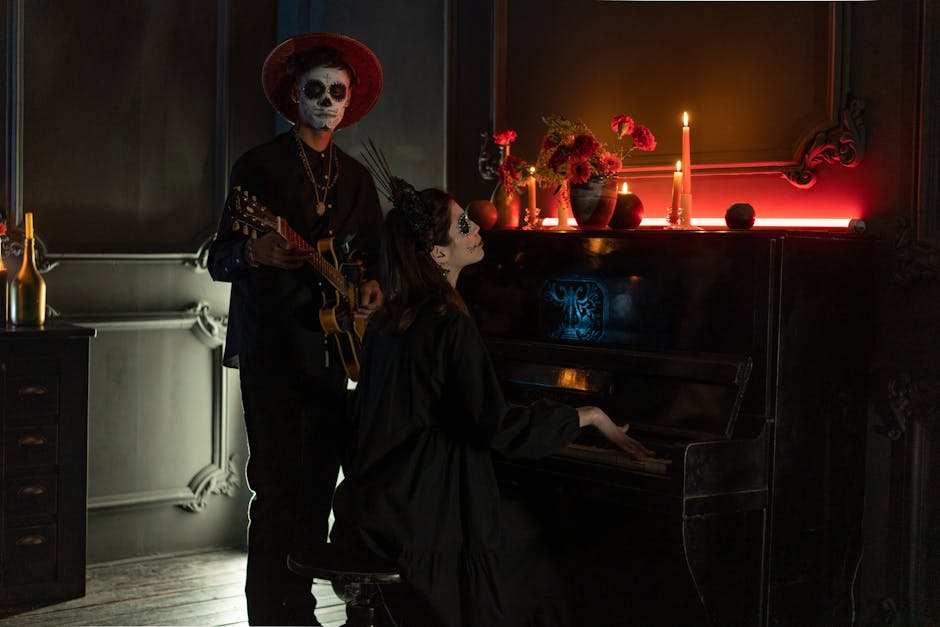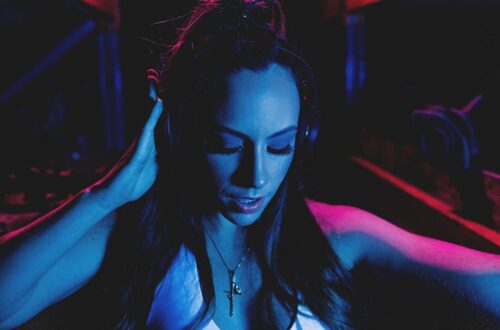Sound and score highlights are essential to the art of scene flow in TV and film. From the first note of a theme song to the subtle cues that guide our emotions, music and sound design are the invisible hands that shape how we experience stories on screen. In this exploration, we’ll uncover how sound and score influence scene flow, drive transitions, and elevate storytelling, making every moment unforgettable.
The Power of Scene Flow: Why Transitions Matter

Photo by Jan van der Wolf on Pexels
Scene flow refers to the seamless progression of moments within a film or TV show, where each scene connects effortlessly to the next. This fluid movement isn’t just about clever editing—it’s about rhythm, pacing, and emotional continuity. Transitions, whether they’re quick cuts, fades, or intricate match cuts, are the glue that binds a story together. When executed well, they keep viewers engaged and emotionally invested, guiding them through the narrative without distraction.
Sound and score play a crucial role in this process. A swelling orchestral cue can signal a dramatic shift, while a sudden silence can heighten tension before a reveal. The strategic use of sound bridges, ambient noise, and recurring musical motifs ensures that the audience’s attention flows naturally from one scene to the next. This mastery of scene flow is what separates good storytelling from great storytelling, making transitions not just technical necessities but emotional touchstones.
How Music Sets the Emotional Tone
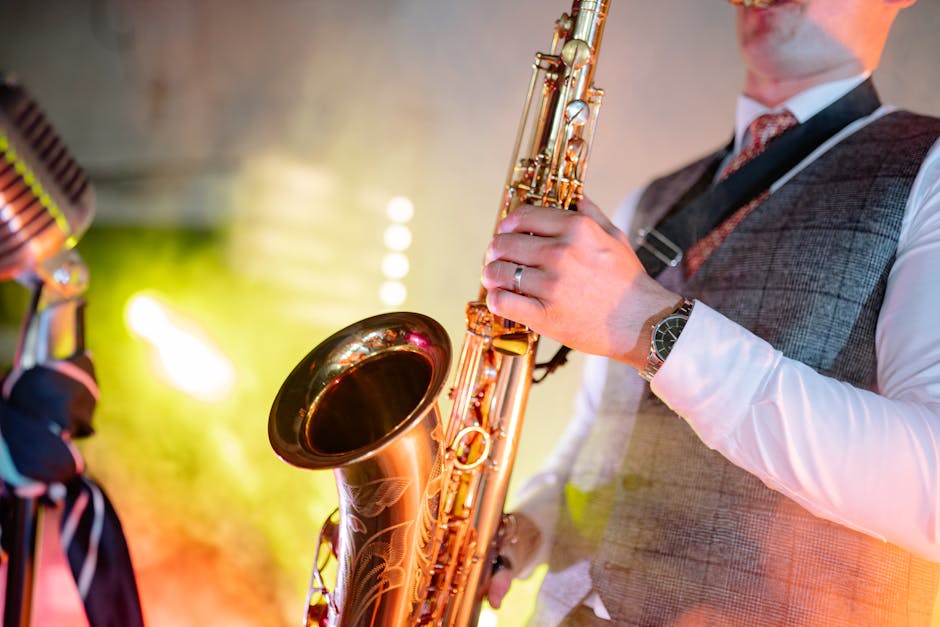
Photo by Yan Krukau on Pexels
Music is the emotional backbone of visual storytelling. From iconic themes that instantly evoke nostalgia to subtle underscoring that shapes mood, the score has the power to make us laugh, cry, or sit on the edge of our seats. In TV and film, composers carefully craft melodies and harmonies to match the emotional arc of a scene, ensuring that the audience feels what the characters feel.
Consider how a triumphant brass section can underscore a hero’s victory, or how a haunting piano melody can evoke loss and longing. Even silence, when used intentionally, can be just as powerful—creating space for reflection or amplifying suspense. The most memorable soundtracks are those that integrate seamlessly with the narrative, becoming characters in their own right and leaving a lasting impression long after the credits roll.
Sound Design: Guiding the Viewer’s Attention

Photo by Andrey Matveev on Pexels
Beyond music, sound design is a vital component of scene flow. Every footstep, whisper, and background noise is meticulously crafted to immerse viewers in the world of the story. Sound designers use directional cues, spatial effects, and carefully chosen effects to guide the audience’s focus and enhance the realism of each moment.
For example, a rustling sound from the left speaker can prime the viewer to anticipate movement in that direction, creating a sense of anticipation before the action unfolds. This technique not only keeps the audience engaged but also helps maintain continuity, making transitions between shots and scenes feel natural. The interplay between sound effects and score ensures that every beat of the story lands with maximum impact, reinforcing the emotional flow of the narrative.
Iconic Examples: When Sound and Score Define Scene Flow
![]()
Photo by Jonathan Cooper on Pexels
Some of the most unforgettable moments in TV and film are defined by their sound and score. Think of the suspenseful strings in Alfred Hitchcock’s “Psycho” shower scene, or the swelling theme in “Star Wars” that signals the arrival of the Millennium Falcon. These moments are etched into our collective memory not just because of what we see, but because of what we hear.
Modern filmmakers continue this tradition, using soundtracks to create emotional resonance and define the rhythm of their stories. Shows like “Stranger Things” use retro synth scores to transport viewers to the 1980s, while films like “Inception” employ layered soundscapes to blur the lines between reality and dream. In each case, the interplay between sound, score, and visual storytelling creates a unique sense of flow that keeps audiences coming back for more.
The Science of Sound: Why Our Brains Respond to Music and Score
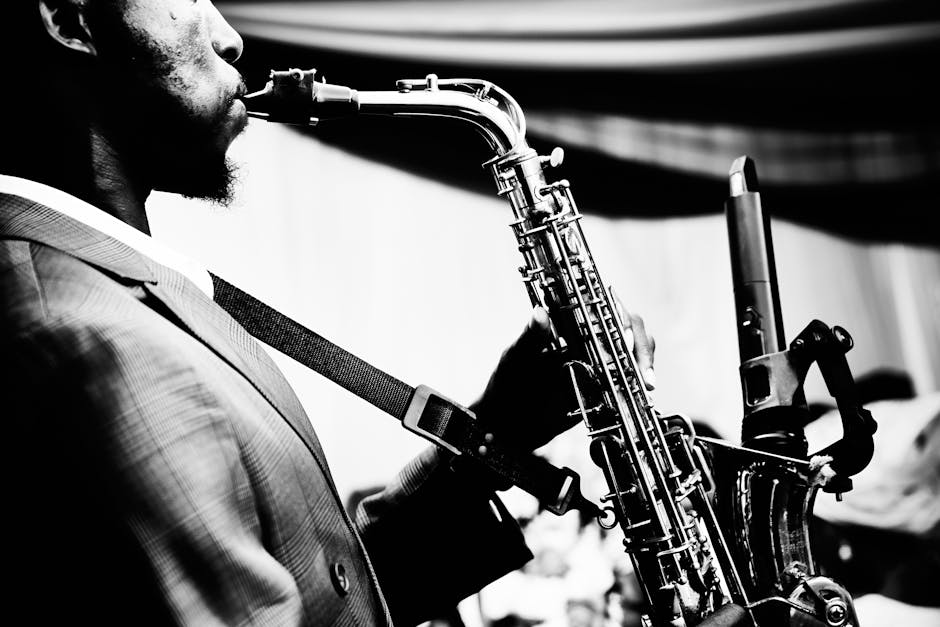
Photo by Olaseni Omoare on Pexels
There’s a reason why music and sound have such a profound impact on our experience of TV and film. Neuroscientific studies show that music activates multiple areas of the brain, including those responsible for emotion, memory, and attention. When a familiar theme plays, it can trigger feelings of nostalgia, excitement, or fear—often before we’re even aware of it.
This subconscious response is what makes sound and score such powerful tools for storytellers. By aligning musical cues with narrative beats, filmmakers can manipulate our emotions, heighten suspense, and create moments of catharsis. The brain’s natural tendency to seek patterns and anticipate changes means that well-crafted soundtracks can guide our attention, making transitions feel smooth and purposeful.
Crafting Seamless Transitions: Techniques for Editors and Composers
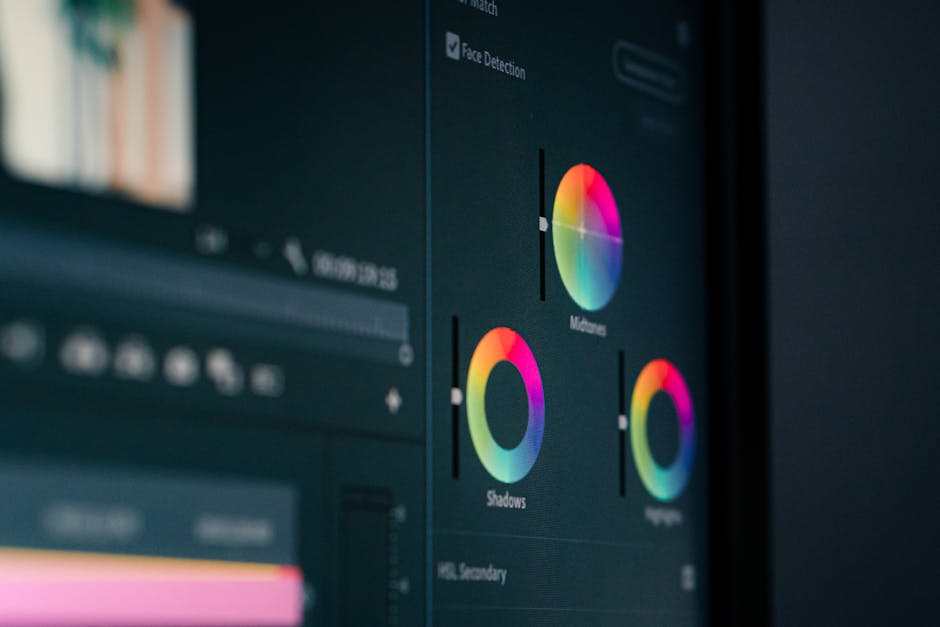
Photo by dlxmedia.hu on Pexels
Creating seamless scene flow requires close collaboration between editors, composers, and sound designers. Editors use techniques like L-cuts and J-cuts, where audio from the next scene begins before the visual transition, to create a sense of continuity. Composers write cues that build or resolve tension, often mirroring the pacing of the edit to enhance emotional impact.
Sound designers layer ambient noise, dialogue, and effects to ensure that every transition feels organic. The goal is to keep the audience immersed in the story, never distracted by abrupt changes or jarring shifts. By understanding the principles of rhythm, timing, and emotional resonance, creative teams can craft experiences that feel both natural and unforgettable.
Modern Trends: Technology and the Evolution of Scene Flow

Photo by Andrey Matveev on Pexels
Advancements in technology have revolutionized the way sound and score are integrated into TV and film. Digital audio workstations, virtual instruments, and sophisticated mixing techniques allow for greater experimentation and precision. Filmmakers can now create immersive soundscapes that adapt to the viewer’s environment, whether it’s a home theater or a pair of headphones.
Interactive storytelling, such as in video games and streaming platforms, is pushing the boundaries of scene flow even further. Dynamic scores that react to user choices, spatial audio that enhances immersion, and AI-driven sound design are shaping the future of how we experience stories. As these technologies evolve, the relationship between sound, score, and scene flow will continue to deepen, offering new possibilities for creative expression.
Conclusion: The Lasting Impact of Sound & Score Highlights on Scene Flow
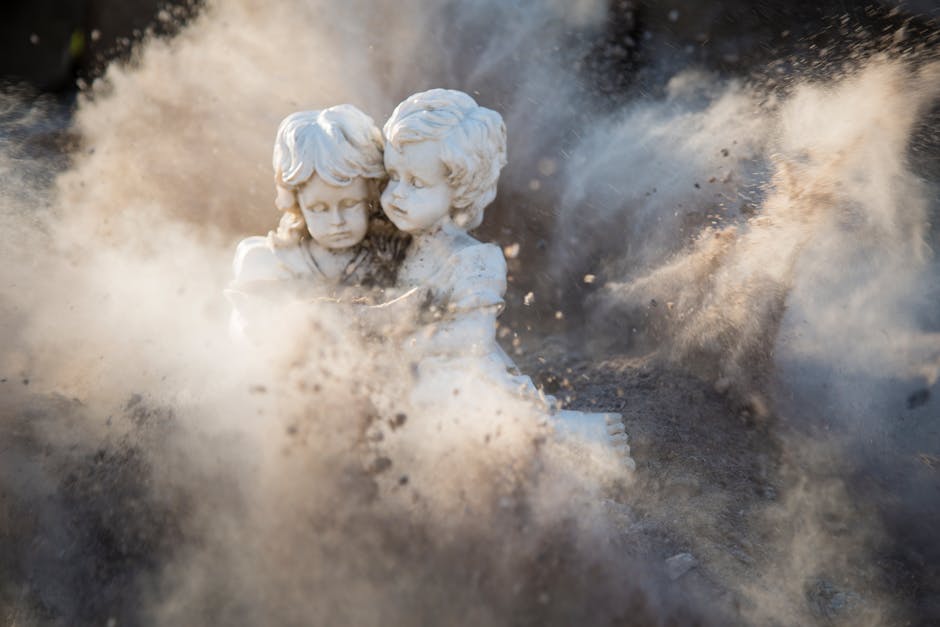
Photo by Sebastian Voortman on Pexels
Sound and score highlights are the heartbeat of scene flow in TV and film. They guide our emotions, bridge transitions, and transform ordinary moments into cinematic magic. As viewers, we may not always notice the intricate work behind the scenes, but we feel its effects in every gasp, tear, and smile. For storytellers, mastering the art of sound and score is the key to creating experiences that resonate long after the screen fades to black. In the ever-evolving landscape of visual storytelling, one thing remains constant: the power of sound and music to shape the flow of every unforgettable scene.
Sources
- https://library.fiveable.me/screenwriting-i/unit-7/transitions-scene-flow/study-guide/X7pHV2t2fPOgzzcU
- https://www.youtube.com/watch?v=4vpqa2oYuMY
- https://www.youtube.com/watch?v=L3uhGv8jUHs
